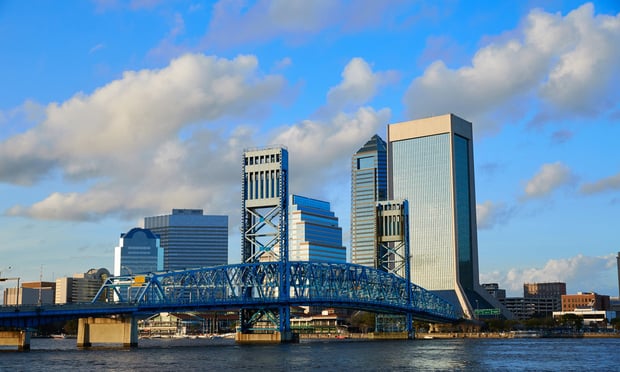In particular, cap rates are forecast to range from 5.5% to 6% for a stabilized, class A office property. By comparison, cap rates were estimated between 6.5% and 7.5% nine months ago, CBRE says.
Hand in hand with cap rate compression will be a gradual decline in vacancy and uptick in asking rents. Already, the report says, these factors have begun to settle down compared to the sharp declines experienced in '09. "As all of the market fundamentals stabilize, it will make investors more confident," Sean White, senior research analyst at CBRE and lead author on the report, tells GlobeSt.com.
Financing is slowly opening up, albeit on more stringent terms than before. Investors this year accept that the wide latitude lenders granted three years ago is gone, and are prepared to put more equity into the deal, says White. Even so, the leverage ratio is on the rise, depending on the asset; it can go as high as 60% and may tick up further, although it's not likely to approach the 80% or 90% levels seen at the current cycle's peak.
The report notes that of the three large refinancings secured by SL Green Realty Corp. in the second half of last year—1515 Broadway, 420 Lexington Ave. and 100 Park Ave.—two were accomplished with offshore lenders and with syndication. We'll see more of both trends, the report states.
Stiffer underwriting criteria are standard operating procedure this year. "In 2007, a property with vacancy may have been desirable since rents had been rising significantly," according to the report. Now, lenders favor stabilized assets. "Cash flow is the main thing," says White.
This year will represent an improvement on '09 in terms of transaction volume; how much of an improvement is difficult to predict. But the still-low volume is having a positive effect on pricing. "While there is hesitancy to sell into this stage of the market recovery, the reality is that there are few quality assets on the market right now and there is heightened competition for those assets," Pamela Murphy, SVP of research at CBRE, tells GlobeSt.com. "Increased competition is holding prices to levels higher than might have been expected."
CBRE's report predicts that there won't be a flood of distressed assets coming to market. Instead, we'll see a mix of loan extensions, loan workouts, loan sales and forced sales. Yet White says acute distress is not the only reason owners will put assets up for sale.
"There's two markets out there," he says. "There are people who have to sell because of debt issues and there are people who don't have to sell, but for one reason or another, they find that now might be a good time for them. There will be definitely be distressed sales; we're not trying to minimize that. But you're going to see a little more of the other types of seller now that the market has stabilized."
Want to continue reading?
Become a Free ALM Digital Reader.
Once you are an ALM Digital Member, you’ll receive:
- Breaking commercial real estate news and analysis, on-site and via our newsletters and custom alerts
- Educational webcasts, white papers, and ebooks from industry thought leaders
- Critical coverage of the property casualty insurance and financial advisory markets on our other ALM sites, PropertyCasualty360 and ThinkAdvisor
Already have an account? Sign In Now
*May exclude premium content© 2024 ALM Global, LLC, All Rights Reserved. Request academic re-use from www.copyright.com. All other uses, submit a request to [email protected]. For more information visit Asset & Logo Licensing.








